The prostate is a compound tubuloalveolar exocrine gland of the male reproductive system. The prostate is found in most mammals but can be quite different anatomically, chemically and physiologically. In humans, the prostate gland is sized like an average walnut. This gland surrounds the neck of a man’s bladder and urethra. The principle function of the prostate is to secrete and store fluid that normally constitutes 25-30% of the volume of the semen. The fluid is slightly alkaline, which also has an important reproductive purpose in neutralize acidity inside the female vagina and prolonging the lifespan of the sperm.
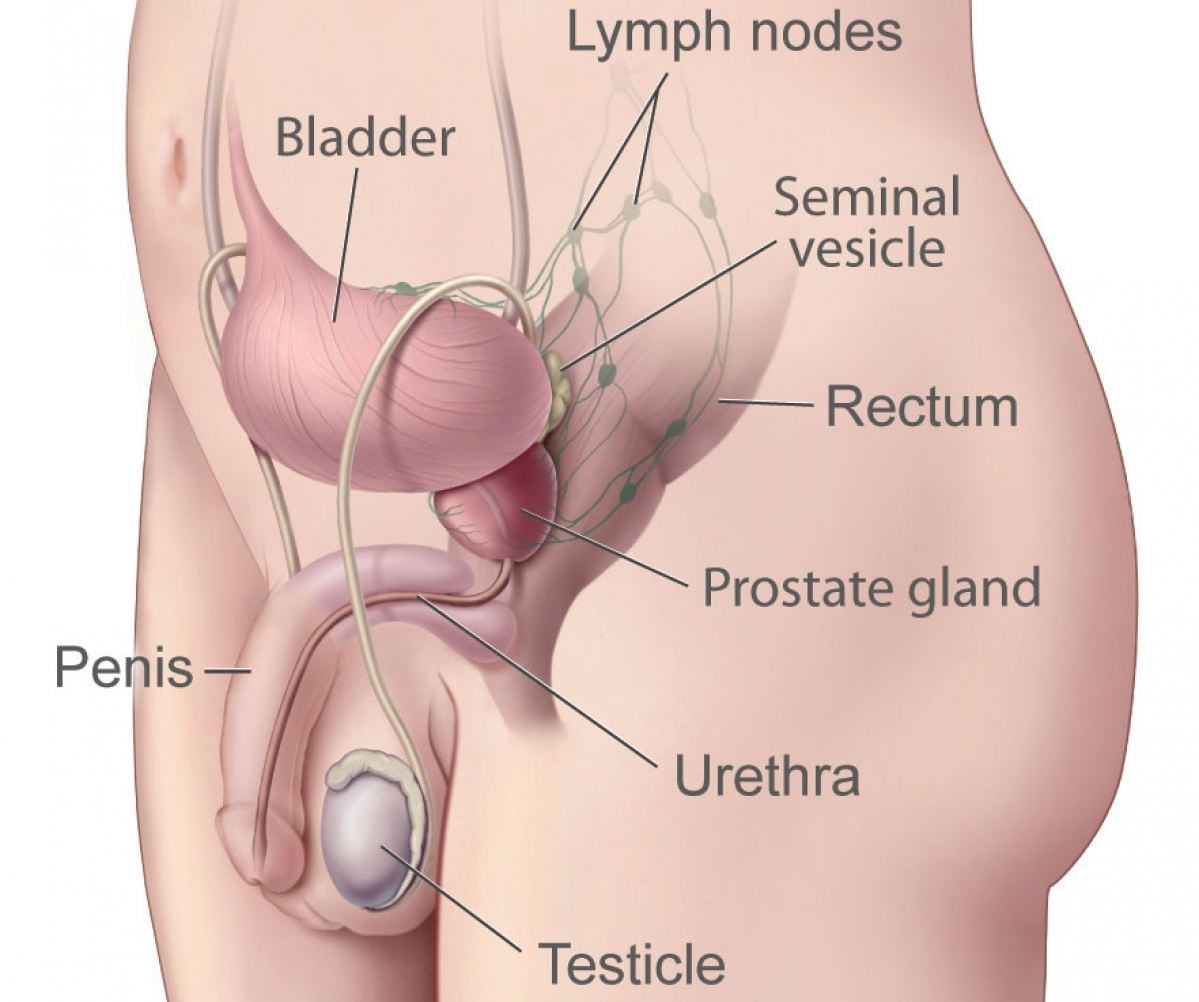
Anatomy of the prostate gland
The prostate gland is partly muscular and partly glandular, with ducts opening into the prostatic portion of the urethra. The gland is composed of three lobes: a center lobe with one lobe on each side. The anterior lobe of the prostate, which rests near the urethra, is non-glandular and doesn’t secrete fluids. It is made completely out of muscle and fibrous tissue.
Each of the zones has its own function. The peripheral zone is the largest zone of the prostate tissue, making up approximately 70% of a healthy prostate gland. This is the remotest area of the gland, situated closest to the wall of the rectum.
The central zone makes somewhere around 25% of the prostate tissue and it contains the ejaculatory ducts. The union of the vas deferens with the duct of the seminal vesicle forms these ducts. During the ejaculation the semen passes through the ducts and exits the body via the penis.The smallest part of the prostate is the transitional zone, which rests next to the urethra. During puberty, transitional zone counts for somewhere around 5% of the size of a prostate. As a man grows older, the size of this zone increases.
Prostate disorders
A large percentage of men over fifty years of age suffer from prostate problems. There are various types of prostate disorders, and the men are most commonly affected by enlargement of the prostate gland and inflammation of the prostate gland.
Inflammation of the prostate gland is also known as prostatitis. Chronic non-bacterial prostatitis or male chronic pelvic pain syndrome, occurs in 95% of all cases of inflammations of the prostate gland. The rest of the cases are caused by bacteria and treated with antibiotics.The enlargement of the prostate occurs in older men causing severe troubles with urination. Patients may feel the need to go to the toilet often, while it may still take a while before they manage to let the urine out. In extreme cases, urination is completely impossible.
- medlineplus.gov/ency/anatomyvideos/000050.htm
- medlineplus.gov/ency/presentations/100047_1.htm
- Photo courtesy of National Cancer Institute (NCI) via: visualsonline.cancer.gov/details.cfm?imageid=9422



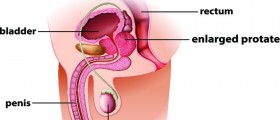
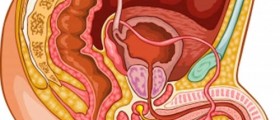

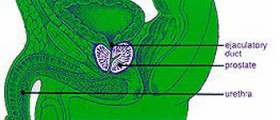

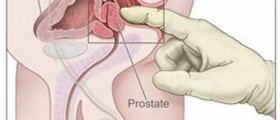
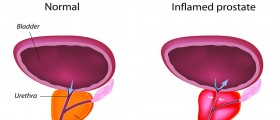






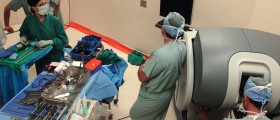
Your thoughts on this
Loading...